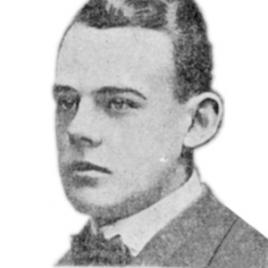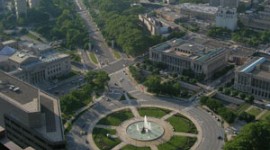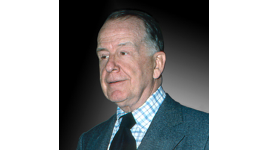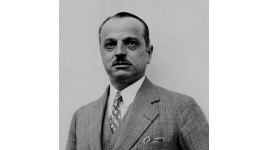Pioneer Information
Simon was born in Philadelphia, where he trained at a number of schools from 1904 to 1909, including the Northeast Manual Training School, the Pennsylvania Museum and School of Industrial Art, and the Pennsylvania Academy of the Fine Arts. He studied painting under Thomas Anshutz at the latter from 1907 to 1909. He worked on drawings for the Pan-American Union Building while with architect Paul Cret’s firm (Kelsey & Cret) from 1906 to 1909. Simon graduated from the University of Pennsylvania in 1911 with a B.S. and M.S. in architecture, immediately entering the office of architect John Windrim. Having won the Paris Prize, he studied at the École des Beaux-Arts and the Atelier Bernier in Paris from 1913 to 1914. Upon his return to Philadelphia, Simon joined his brother Edward Simon’s architectural firm, which became Simon & Simon in 1918. Grant Simon left the practice in 1927 to open his own firm (Office of Grant M. Simon, Architect) and practiced independently until his death. He assisted in the development of a campus plan for the University of Pennsylvania in 1948, designed the base and plaza of the All Wars Memorial to Penn Alumni in 1951-1952, and served as consulting architect for the Historic American Building Survey of Historic Germantown, Philadelphia, from 1952 to 1954. In 1953 he was appointed advisory architect for the Federal Commission for Independence National Historical Park, where he worked with Charles Peterson and oversaw the development of the park’s master plan. Simon served as a visiting critic at the University of Pennsylvania. He contributed to Architectural Record, co-authored the book Historic Germantown in 1955, and in 1957 wrote The Beginnings of Philadelphia in the Province of Pennsylvania, 1682. Simon became a Fellow of the American Institute of Architects in 1951 and was a member of the National Institute of Architectural Education and the Society of Beaux-Arts Architects. He died in Philadelphia at the age of 79.








